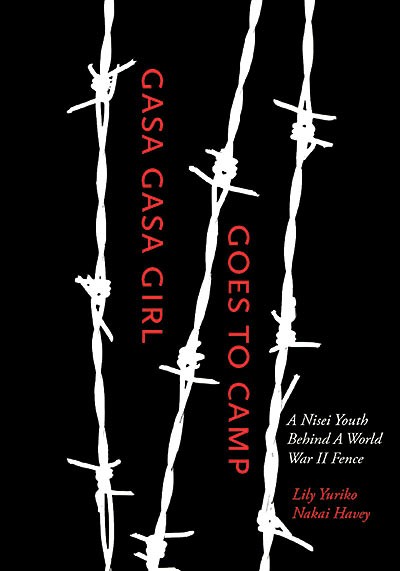Gasa Gasa Girl Goes to Camp (book)
Creators: Lily Yuriko Nakai Havey
Concentration camp memoir by a Nisei artist. Ten years old at the time of the wartime incarceration, Lily Yuriko Nakai Havey was sent to Santa Anita Assembly Center and Amache with her older brother and Issei parents. Evolving from captions that accompanied displays of the author's postwar paintings, Gasa Gasa Girl intersperses stories of life in the camps with recollections of happier days with her parents, brother, and aunts in Hollywood, California, before the war. The book is illustrated by twenty-eight color reproductions of her watercolor paintings that depict both her external and internal lives during the war, as well as a like number of family photographs, archival photographs, and photographs of key objects mentioned in the text. Published by the University of Utah Press, the book includes an foreword by historian Cherstin Lyon.
Find in the Digital Library of Japanese American Incarceration
This item has been made freely available in the Digital Library of Japanese American Incarceration , a collaborative project with Internet Archive .
Might also like
The Little Exile
by Jeanette S. Arakawa;
Lone Heart Mountain
by Estelle Ishigo;
Dandelion Through the Crack/Kiyo's Story
by Kiyo Sato
Related Articles
| Author | Lily Yuriko Nakai Havey |
|---|---|
| Pages | 205 |
| Publication Date | 2014 |
For More Information
Gasa Gasa Girl Goes to Camp at the University of Utah Press website.
Hansen, Art. " Nisei Revisits Her Wartime Past through Watercolors." Nichi Bei Weekly , July 24–Aug. 6, 2014, 13. [" ... assuredly among the... most exquisite, insightful and candid memoirs of the World War II Japanese American experience."]
Niiya, Brian. " Book Review: Gasa Gasa Girl Goes to Camp . " Densho Blog, June 4, 2015. ["... a handsome and worthwhile addition to the corpus of Japanese American concentration camp memoirs."]
